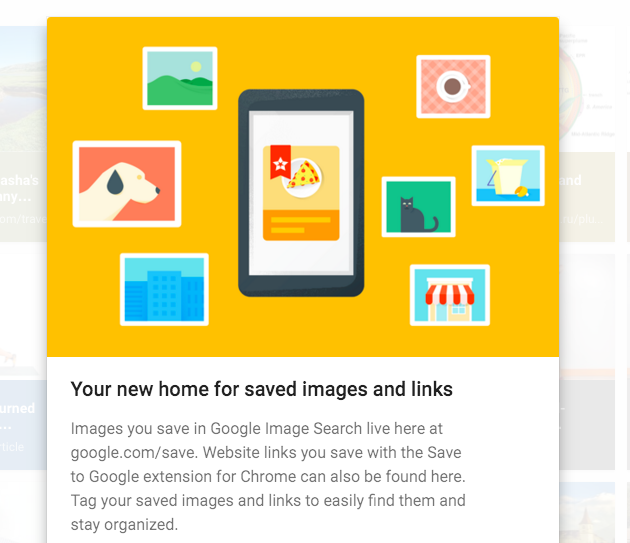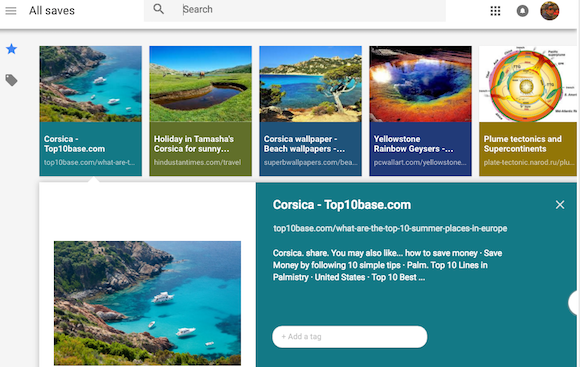Google Japan announced a Physical Flick Bluetooth keyboard (translation). It's called Furikku and the circuit board and firmware are open source. The keyboard is actually the hardware version of Google's Japanese input software for Android.
"The device consists of a button that users can ‘push’ and also a sensor that detects ‘flick’ actions. There are 12 sensors and 8 complementary action buttons so a total of 20 sensors in the device. This device can be employed by users who are accustomed to typing letters on their smartphones, but not on their desktop keyboards," mentions Google.

Google Australia brings Google Search for your socks. "We’re teaming up with retailers across Australia to launch a new range of Searchable Socks — to organise the world’s undergarments and make them universally findable. These new bluetooth-enabled socks are fitted with thin LTE beacons that wrap around the top of your lower calf, just like the coloured stripes you’d see on traditional socks. If you can’t find one sock, you can press the beacon on its pair and let the Google Search app on your phone pinpoint its whereabouts. The missing sock will then sing this song to help you find it."

The mobile Google Maps app lets you visit the Funky Town. Send a notification to your phone and you can watch Pegman dancing disco.


Gmail lets you "get the last word on any email — just send your message with the new Mic Drop button. Everyone will see your response and this GIF, but you'll never see the conversation again," informs Google. Just click the "compose" button and you'll find a new feature called "send a drop mic", which adds a GIF animation from Minions and archives the message.


Google Cardboard Plastic is a plastic version of Google Cardboard. It's fully immersive, lightweight, waterproof, and works with all apps. "Cardboard Plastic is the world’s first actual reality headset, complete with 4D integrated perspective, 360° spatially accurate sound, 20/20 resolution, and advanced haptics for realistic touch sensations," announces Google.

Google Express introduces a new delivery technology: parachute. "Google Express offers fast delivery of things you need from stores you love. With our new delivery technology, packages will arrive even faster and land anywhere you want them - whether you're at the beach, in the woods, or even on a run."
YouTube's player has a new button that lets you watch videos in Snoopavision, with state of the art 360 technology, immersive theatrical experience and Snoop Dogg integration.

Google Netherlands came up with a self-driving bike (translation). "This spring, Google is introducing the self-driving bicycle in Amsterdam, the world's premier cycling city. The Dutch cycle more than any other nation in the world, almost 900 kilometres per year per person, amounting to over 15 billion kilometres annually. The self-driving bicycle enables safe navigation through the city for Amsterdam residents, and furthers Google's ambition to improve urban mobility with technology. Google Netherlands takes enormous pride in the fact that a Dutch team worked on this innovation that will have great impact in their home country."
Here's the "making of" video:
All Chromebooks come with Chrome, but what about a Chrome Chromebook? "Chrome Chromebook adds dazzle to the power of our best-in-class hardware and software, with shiny design facets to inspire a new generation. The highly reflective chrome alloy case with two layers of automotive clear-coat creates infinite reflections, enveloping the Chrome Chromebook like a shimmering sheath. The platinum white backlit keyboard LED bounces light off a minimum of seven surfaces before striking the eye, and the included microfiber sleeve helps retain that just-unboxed glow."

Style detection is a new feature of the Google Cloud Vision API. "Using millions of hours of deep learning, convolutional neural networks and petabytes of source data, Vision API can now not just identify clothing, but evaluate the nuances of style to a relative degree of uncertainty. With Style Detection, we're able to mine our nearly bottomless combined data sets of selfies, fashion periodicals and the unstructured ramblings of design bloggers into a coherent and actionable tool for picking tomorrow’s trousers."
The smart reply feature from Inbox now suggests emojis. "In our testing, we've found that emoji do a better job of plumbing the emotional depths of one's soul, so we're optimistic that today's update will encourage more open and honest email conversations."









